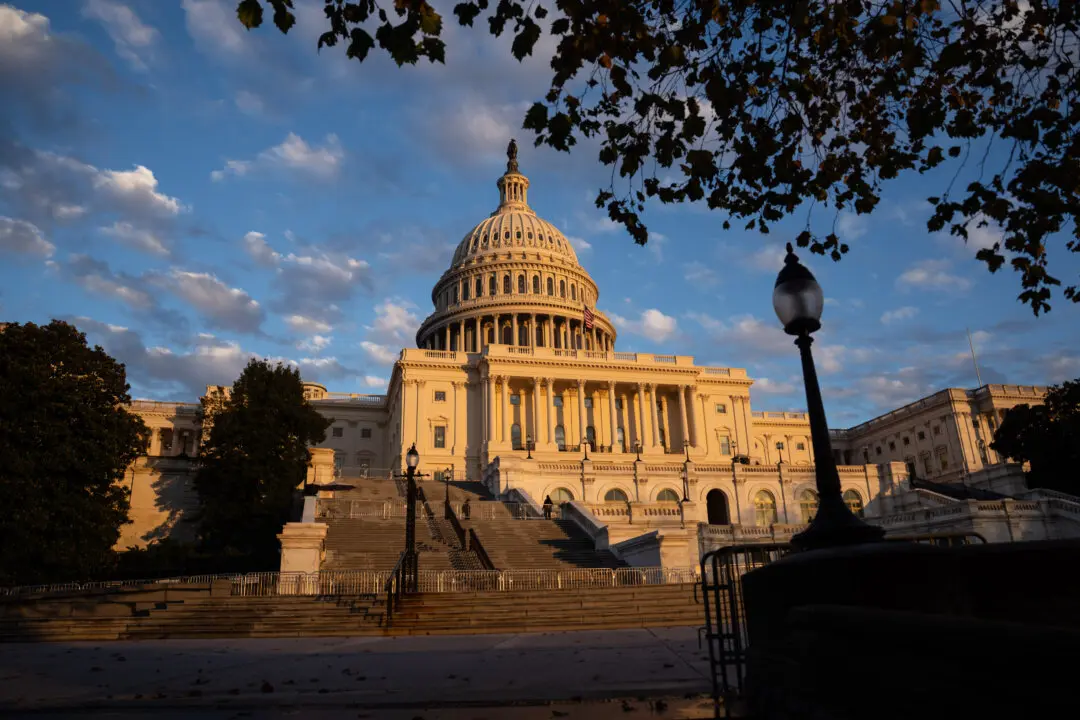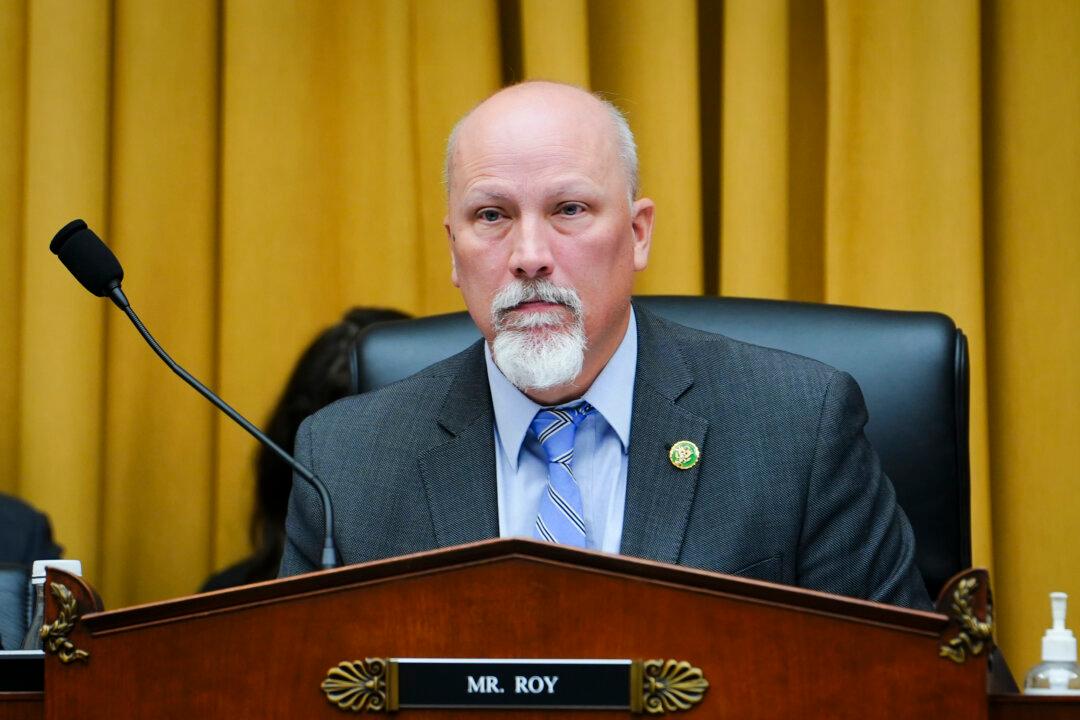The House Committee on Transportation and Infrastructure’s Subcommittee on Water Resources and Environment held a hearing on per- and polyfluorinated alkyl substances (PFAS), or “forever chemicals,” questioning witnesses on the chemicals’ dangers and sparking debate over the proper role of the federal government in managing the country’s waters.
The hearing comes amid heavy media coverage of PFAS regulation, including an Oct. 3 segment on John Oliver’s “Last Week Tonight,” and shortly after California banned PFASs from many consumer goods.





